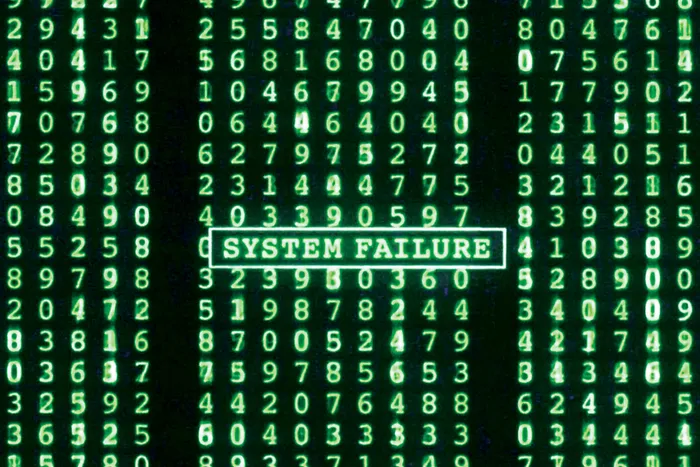Course Introduction
This class is important because your code will be running on some sort of computing device and you will need to know how an operating system works in order to write good code and solve hard problems.
In this course we will explore what an operating system is and its purpose. In the simplest terms an operating system is just a program that runs other programs. The operating system provides an abstraction that allows programmers to think in a higher level and not have to worry (as much) about how things actually get done. Instead of issuing commands to the hard disk to position the read head you can just call fopen and start reading bytes.
Introductions 👋
- Name
- Major - if something other than CS
- Grad or Undergraduate
- Share One cool thing about yourself
Textbook 📔
Virtualization

Everything you have been taught is a lie!
Virtualizing the CPU
An operating system gives the illusion that you can run multiple processes at once. In reality you can only run one process (per core) at a time. The operating system and cpu switch so fast that we perceive things happening all at once. This is similar to how a movie is really just a bunch of pictures shown in rapid succession, our brains perceive motion when there is none!
Virtualizing Memory
Most modern machines use a flat memory model, which means the machine represents memory as a big array. The operating system with assistance from hardware such as a memory management unit (MMU) and the translation look-aside buffer (TLB) creates a virtual memory address space to give the illusion that each process has access to 100% of the machine memory.
The operating system is also responsible for protecting processes from each other. You don’t want your errant program that has a segfault to take down your entire machine!
Concurrency

Concurrency is typically introduced in an Operating System class in a traditional CS curriculum because the operating system is responsible for scheduling processes to run on the CPU. Languages like golang extend the threading concept by multiplexing multiple user space threads onto one (or more) operating system threads.
Concurrency adds a whole bunch of new problems that you have to deal with when writing high performance programs. We will look at how to use mutexes, semaphores, and pthreads and the common problems that result such as race conditions and deadlocks.
Persistence
At some point you are going to need to save data. An operating system provides abstractions that allow you to persist data to non-volatile storage without having to worry about the specific medium that a machine may have. For example, saving data to a hard disk drive (hdd) is the exact same operation as saving to a solid state drive (ssd). Under the hood however the hardware is very different and requires different drivers. The operating system allows you to treat to very different pieces of hardware in exactly the same way!
Beyond Linux, MacOS, Linux
A small collection of research, hobby, and production operating systems. Some of these are in active development some have been abandoned years ago.
Monolithic POSIX/Unix Kernel
- Biscuit - an operating system written in the Go programming language.
- Arrakis - a nano-kernel operating system.
- Redox - a Unix like kernel written in the rust programming language.
- Barrelfish - a research operating system built from scratch
Unikernel
NT (Win32)
- ReactOS - A kernel that aims for binary compatibility for NT (Windows) kernels
Teaching OS
- xv6 - a clone of Unix v6
- minix3 - A micro kernel written by Andrew S. Tanenbaum et al for teaching operating systems